Remembering Filipinos in a forgotten war
This year marks the 70th anniversary of the Korean War Armistice Agreement
At A Glance
- PEFTOK, to me, is the embodiment of Filipino patriotism. —Major Maximo Purisima Young<br>
By Theresa Dizon-de Vega,
Philippine Ambassador to South Korea
Sept. 19, 2023 is a day permanently etched in retired Major Maximo Purisima Young’s memory. On this date, Major Young and 1,399 other young Filipino soldiers of the Philippine 10th Battalion Combat Team (BCT) landed in the port city of Busan, Korea.
This was the first time soldiers of the Philippine Expeditionary Force to Korea (PEFTOK) would land on Korean soil to fight for a people they had never met and a country they hardly knew about.
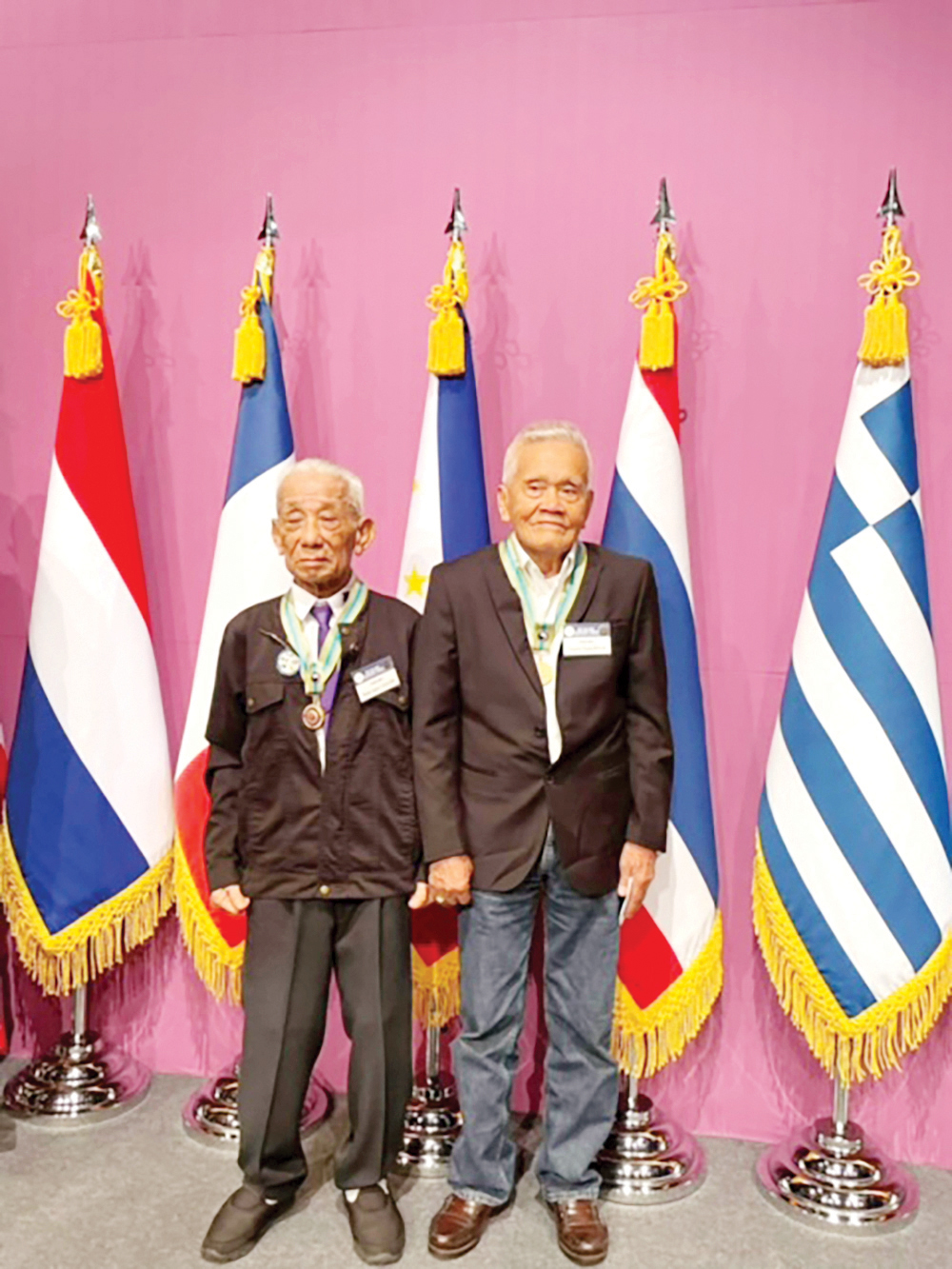
HEROES Filipino Korean War veterans Benito Junio Camacho and Gregorio Vicenal Roxas awarded Ambassador of Peace medals at rites honoring Korean war veterans in June 2022 in Seoul
In a narrative written in 2017 by then still sprightly 94-year-old Major Young for the Ateneo Online Journal series, he recalled the extraordinary heroism of the soldiers of the PEFTOK who were dispatched to South Korea to help defend freedom and democracy.
“PEFTOK, to me, is the embodiment of Filipino patriotism,” wrote Major Young, sharing the pride of the Filipino soldiers in representing the country in a war, which had, like the Second World War just a decade before it, immense ramifications for the global community. Major Young passed away in January 2022, just six months short of his 100th birthday, but his part in the war effort lives on.
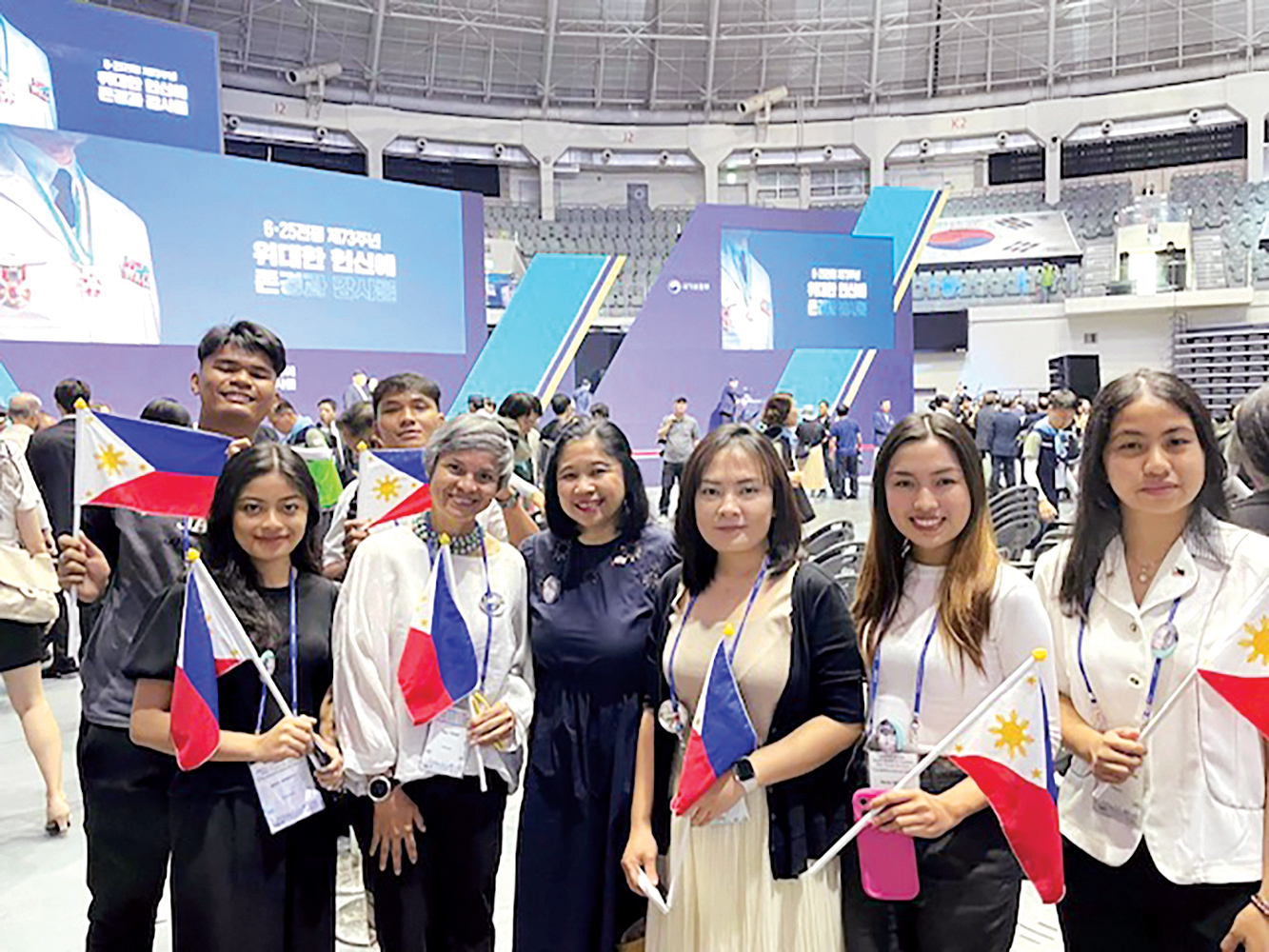
DESCENDANTS OF PEACE The author (third from left) at a June 2023 Korean War commemorative program with descendants of Filipino veterans including Mae Young (second from left), youngest child of Major Maximo Young
It was not a clearcut road to Korea for Major Young and the PEFTOK. When the Korean People’s Army of North Korea led an attack against South Korea on June 25, 1950 and war once again loomed on the horizon, the Philippines was fighting its own battles amid the devastation of World War II.
The Philippines supported United Nations Resolution No. 27 passed on June 29, 1950 calling on UN members to provide necessary assistance to South Korea to repel the armed attack from the North. Beyond this, the way forward for the Philippines was more complex. The country was saddled with inadequate funds and suffered the worst inflation in its history. From poverty to a domestic insurgency led by the HUKBALAHAP movement, the government of President Elpidio Quirino had its hands full on many fronts. This prompted the Philippine Government to initially offer to send critical commodities and medicines to Korea.
Meanwhile, General Carlos P. Romulo, who was concurrently Philippine foreign secretary and president of the UN General Assembly from 1949 to 1950, staunchly advocated for the international defense of South Korea.
The times and circumstances, however, finally compelled the Philippine Government under President Quirino’s leadership to send troops to the war effort. On Sept. 7, 1950 the Philippine Military Aid to the UN Act was approved, paving the way for the PEFTOK becoming the eighth UN Command ground combat unit to enter the Korean War with the Philippines joining 15 other countries under the UN flag.
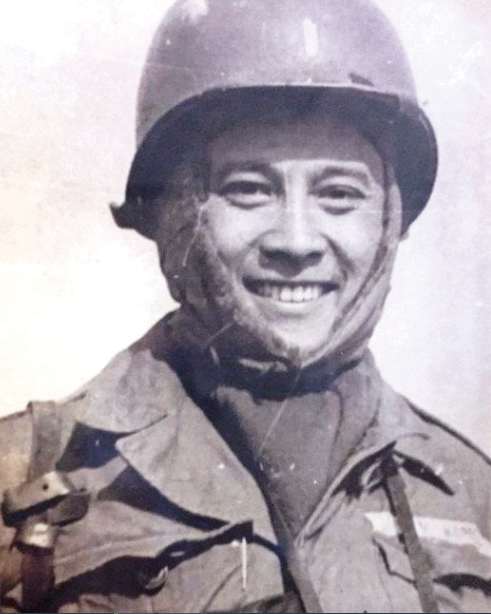
A SOLDIER'S LIFE Former President Fidel V. Ramos on the field (PEFTOK Korean War Memorial Hall | Facebook)
In a speech at a public rally for the 10th BCT before its departure, President Quirino exhorted the Filipino troops to do their part with honor and distinction. “Your battle will be not only for the security of your own people, your own families, but for that of all free men, everywhere on earth, who yearn for peace—but who know that without liberty there can be no peace,” he said.
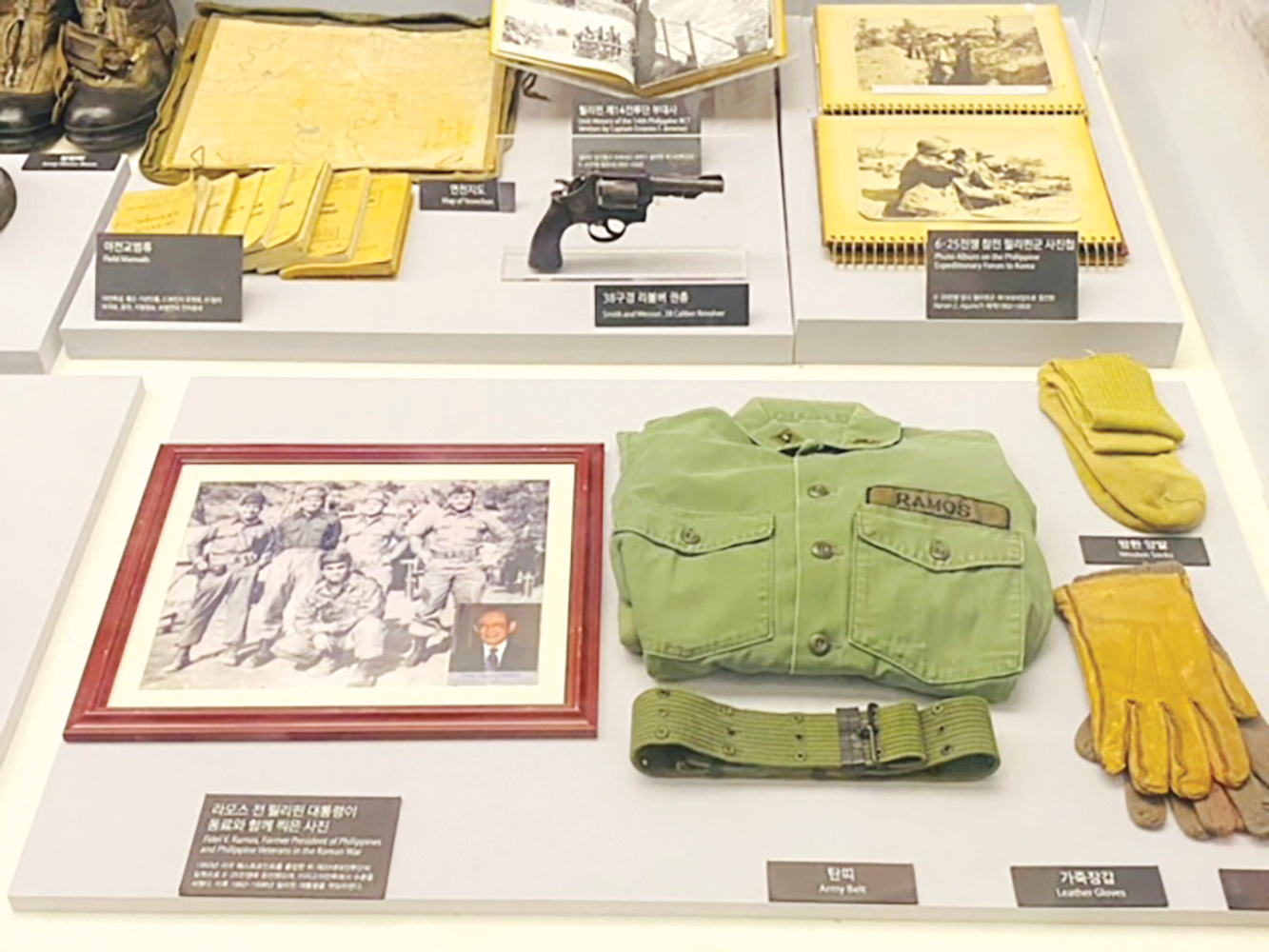
IN THE TRENCHES Uniform of the late President Fidel V. Ramos (inset) during the Korean War on display at the War Memorial Museum of Korea in Seoul
In the following months, Filipino soldiers would distinguish themselves, particularly in the decisive battles of Yultong and Eerie Hill. The troops had to adjust to the harsh Korean winters, suffering bouts of pneumonia and frostbite. Despite these challenges, they acquitted themselves creditably in battle. Not one PEFTOK BCT was overrun by enemy troops. The PEFTOK was unique in that it was the only foreign force under the UN Command with actual combat experience having fought in domestic anti-insurgency campaigns. This battle-tested quality proved to be key to our troops’ success, earning the PEFTOK the moniker “Fighting Filipinos.”
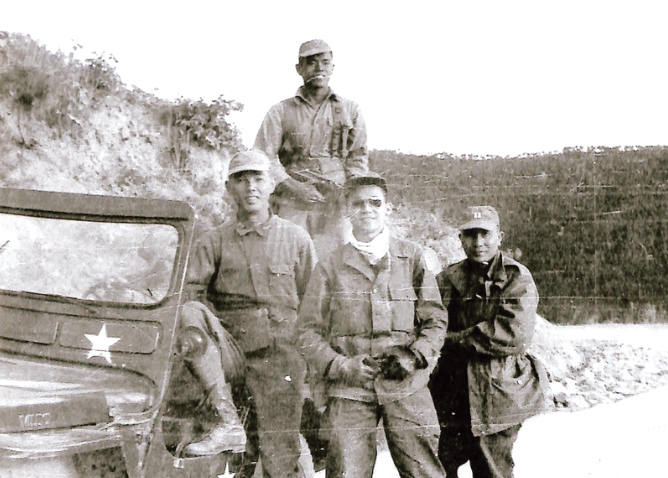
STORYTELLERS Benigno Ninoy Aquino covered the war as a journalist, and was conferred with an award for Korean war newspaper correspondents (Presidential Museum and Library | Flickr)
In recognition of their valor, a grateful Korean nation bestowed its highest military award, the “Taegeuk Medal” on Major Young and Captain Conrado D. Yap, who died in battle and for whom the Philippine Navy’s vessel the BRP Conrado Yap is named. Among other PEFTOK veterans were two former ambassadors of the Philippines to South Korea, Nicanor Jimenez and Ernesto Giddaya. The late Senator Benigno S. Aquino, Jr., who covered the war for the Manila Times, along with fellow reporter Johnny Villasanta, were recipients of awards conferred on Korean war correspondents.
The most recognizable Filipino to serve in the Korean War was the late former Philippine President Fidel V. Ramos, then a fresh graduate of West Point when he joined the PEFTOK. President Ramos led a platoon of 40 men in a vigorous campaign in the critical battle of Eerie Hill. From that time on, he would serve as one of the most active advocates for Philippines-Korea relations. He was conferred by the Korean Government the prestigious Cheonsu Medal, Order of National Security Merit, and the Grand Order of Mugunghwa. Visitors to the War Memorial Museum in Seoul can view the late President’s uniform in the Korean War.
At the start of the yearly commemoration of the sending of Philippines troops to Korea, the Battle Resume of the Philippines is recited—7,420 soldiers, 116 killed in action, 299 wounded, and 57 missing with 41 repatriated during prisoner-of-war exchanges. The last members of the PEFTOK departed from Korea on May 13, 1955.
Seventy years after the Armistice was signed, paving the way for a cessation of hostilities now in its seventh decade, the legacy of the “Fighting Filipinos” and their Korean and other comrades-in-arms will always be remembered. This remains the cornerstone of the historic ties, which forever bind the Philippines and Korea and guides the course of what President Ferdinand R. Marcos, Jr. has called a new era of strategic relations.